
Edward IV was King of England from 4 March 1461 to 3 October 1470, then again from 11 April 1471 until his death in 1483. He was a central figure in the Wars of the Roses, a series of civil wars in England fought between the Yorkist and Lancastrian factions between 1455 and 1487.

Elizabeth Woodville, later known as Dame Elizabeth Grey, was Queen of England from 1 May 1464 until 3 October 1470 and from 11 April 1471 until 9 April 1483 as the wife of King Edward IV. She was a key figure in the Wars of the Roses, a dynastic civil war between the Lancastrian and the Yorkist factions between 1455 and 1487.

Cecily Neville was an English noblewoman, the wife of Richard, Duke of York (1411–1460), and the mother of two kings of England—Edward IV and Richard III. Cecily Neville was known as "the Rose of Raby", because she was born at Raby Castle in Durham, and "Proud Cis", because of her pride and a temper that went with it, although she was also known for her piety. She herself signed her name "Cecylle".
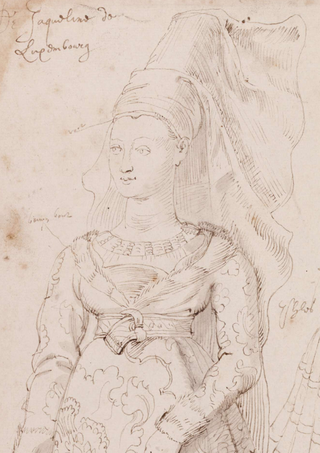
Jacquetta of Luxembourg was a prominent figure in the Wars of the Roses. Through her short-lived first marriage to the Duke of Bedford, brother of King Henry V, she was firmly allied to the House of Lancaster. However, following the emphatic Lancastrian defeat at the Battle of Towton, she and her second husband Richard Woodville sided closely with the House of York. Three years after the battle and the accession of Edward IV of England, Jacquetta's eldest daughter Elizabeth Woodville married him and became queen consort of England. Jacquetta bore Woodville 14 children and stood trial on charges of witchcraft, of which she was exonerated.
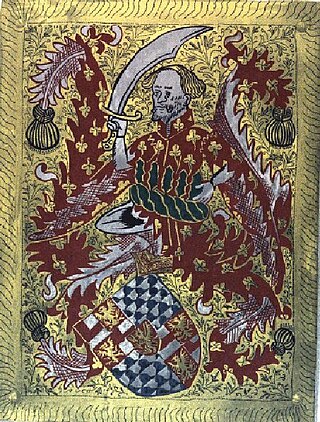
Richard Woodville, 1st Earl Rivers, also Wydeville, was the father of Elizabeth Woodville and father-in-law of Edward IV.
Thomas Grey, 1st Marquess of Dorset, 1st Earl of Huntingdon, 7th Baron Ferrers of Groby, was an English nobleman, courtier and the eldest son of Elizabeth Woodville and her first husband Sir John Grey of Groby. Her second marriage to King Edward IV made her Queen of England, thus elevating Grey's status at court and in the realm as the stepson of the King. Through his mother's endeavours, he made two materially advantageous marriages to wealthy heiresses, the King's niece Anne Holland and the King’s cousin, Cecily Bonville, 7th Baroness Harington. By the latter, he had 14 children.
Richard Woodville, 3rd Earl Rivers succeeded his brother, Anthony Woodville, as the third Earl Rivers. He was the son of Richard Woodville, 1st Earl Rivers, and Jacquetta of Luxembourg. Richard was the brother of the English queen Elizabeth Woodville.
Sir Richard Grey was an English knight and the half-brother of King Edward V of England.
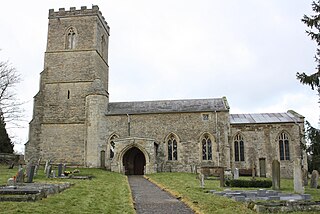
Grafton Regis is a village and civil parish in West Northamptonshire, England, on the border with Buckinghamshire. The village is east of the A508 road, on which it has a short frontage and two bus stops, and is around 8 miles (13 km) south of Northampton and 9 miles (14 km) north of Milton Keynes. The population of the civil parish at the 2001 census was 152. This increased to 253 at the 2011 census.

Potterspury is a populous village and civil parish in West Northamptonshire, England. The nearest main town is Milton Keynes, the centre of which is about 7 miles south-east. At the time of the 2011 census, the parish's population was 1,453 people.
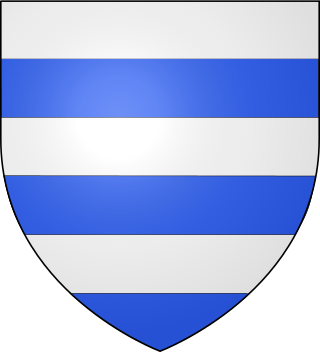
Sir John Grey of Groby, Leicestershire was a Lancastrian knight, the first husband of Elizabeth Woodville who later married King Edward IV of England, and great-great-grandfather of Lady Jane Grey.

Groby Old Hall is partly a 15th-century brick-built manor house and grade II* listed building located very near the site of Groby Castle in the village of Groby in Leicestershire.
Events from the 1460s in England.
The Elizabeth Woodville School, in Northamptonshire, England, is a secondary school with academy status, run by the Tove Learning Trust. It was formed by the merger of Roade Sports College and Kingsbrook Specialist Business and Enterprise College in 2011. It is located at two sites in the villages of Deanshanger, and Roade, both in South Northamptonshire. The merged school was named after Elizabeth Woodville, who was born in Grafton Regis, halfway between the two sites, and was Queen consort of King Edward IV.
Anne Woodville, Viscountess Bourchier was an English noblewoman. She was a younger sister of Queen Consort Elizabeth Woodville to whom she served as a lady-in-waiting. Anne was married twice; first to William Bourchier, Viscount Bourchier, and secondly to George Grey, 2nd Earl of Kent. Anne was the grandmother of the disinherited adulteress Anne Bourchier, 7th Baroness Bourchier, and an ancestress of Robert Devereux, 2nd Earl of Essex.

The Second Battle of St Albans was fought on 17 February 1461 during the Wars of the Roses in St Albans, Hertfordshire, England.
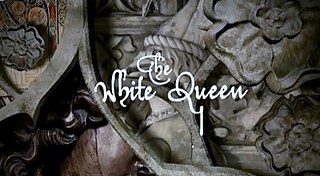
The White Queen is a British historical drama television drama serial based on Philippa Gregory's historical novel series The Cousins' War. The first episode premiered on BBC One on 16 June 2013 in the UK.

Edward Grey, 1st Viscount Lisle was an English nobleman who was created Viscount Lisle in 1483, in recognition of his wife's descent.

Bradgate House is a 16th-century ruin in Bradgate Park, Leicestershire, England.
Queen Elizabeth's Oak may refer to:













